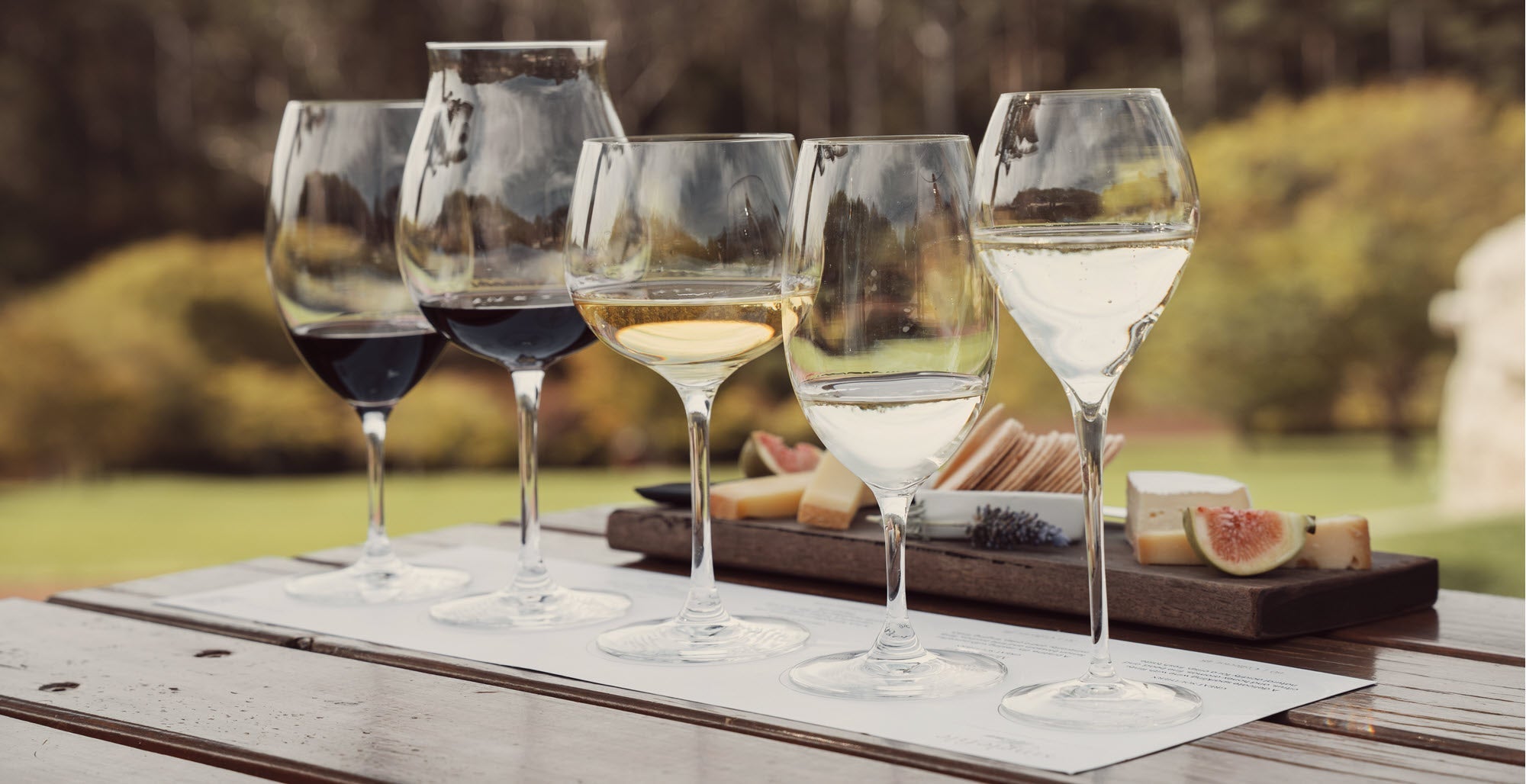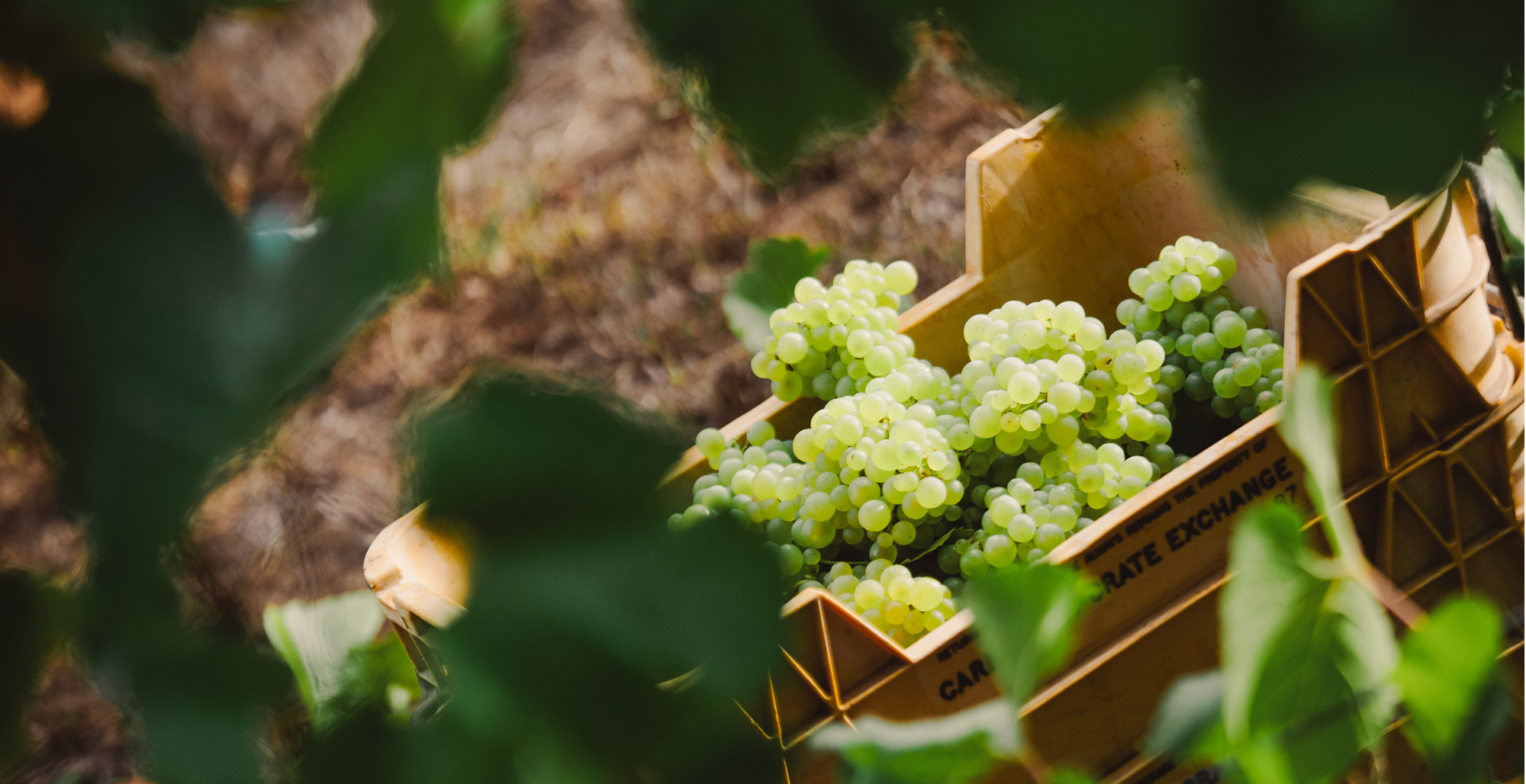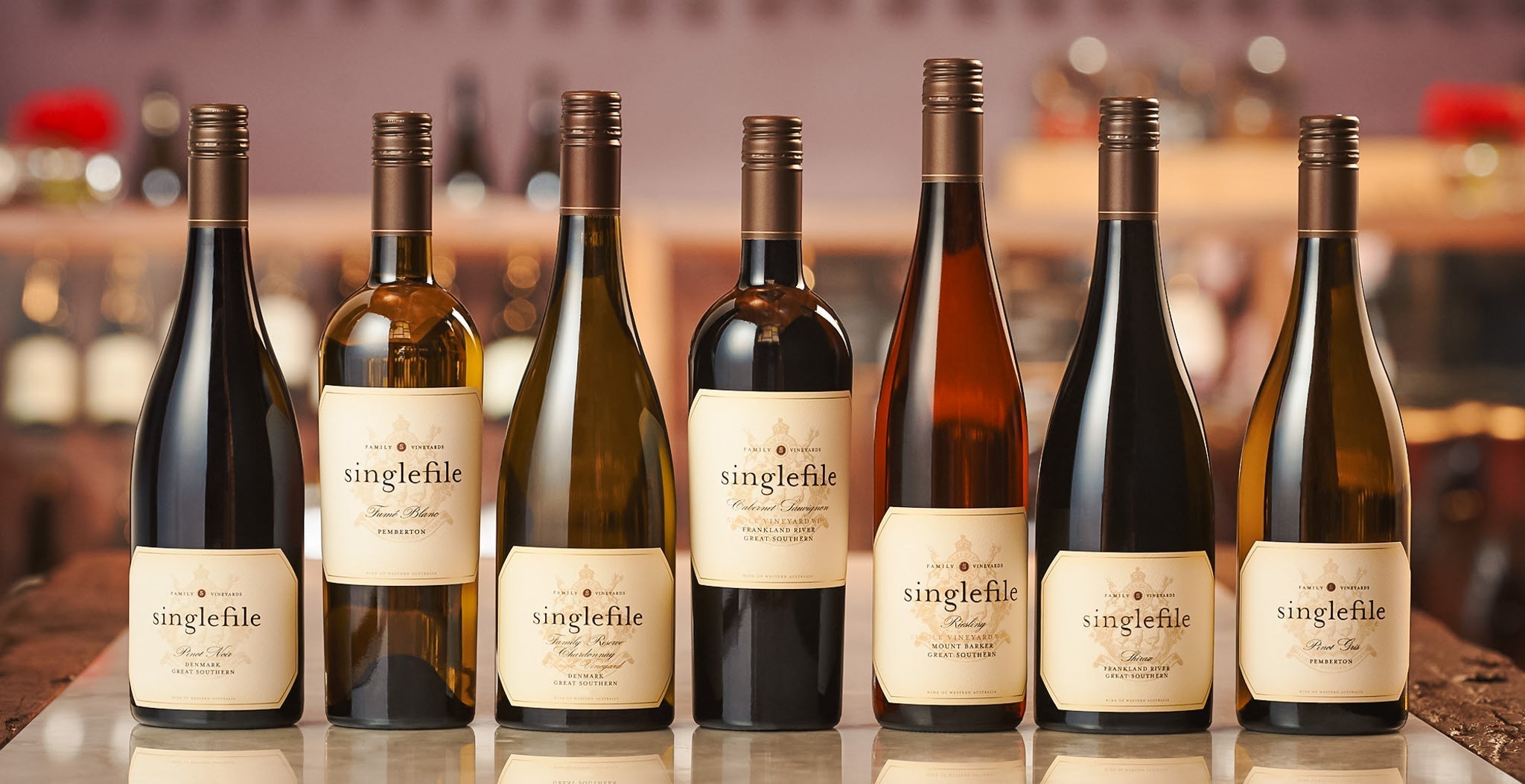
Glassware and its impact on sensory enjoyment of wine
How does glassware affect the senses?
Wine appreciation is a sensory experience. Starting with the aesthetics of the wine in the glass, the style of the glassware prepares us for the elegance of the wine, the colour and clarity of the wine alerts our visual senses, swirling and sniffing the wine in the glass engages our sense of smell to detect the aromas and finally our sense of taste allows us to appreciate the palate. The glassware we use can have an impact on each aspect of our sensory journey.
A well-designed glass should be clear so that you can examine the colour of the wine, it should have a long thin stem to allow you to swirl the wine to release the aromas from the surface of the wine, a bowl to collect the aromas and a “chimney” to let the aromas waft up towards the nose.
Appropriate glassware will enhance each sensation and your overall enjoyment of the experience of tasting a good wine.
Parts of a wine glass
The purpose of a wine glass is to collect and release aromas to increase drinking pleasure. If you’re trying to understand wine and want to be able to taste all the nuanced flavors, then you may want a proper glass.
There are three parts to every wine glass – the base, the stem and the bowl. Bowls are tapered to concentrate and direct the aromas to your nose. Red wine glasses have larger, wider bowls, bringing more oxygen into contact with the wine. This allows the wine to ‘breathe’ more, releasing the complex flavours and aromas of the wine. Bowls of white wine glasses tend to be smaller than bowls of red wine glasses to prevent the wine from warming up too quickly. Champagne glasses are tall and narrow to deliver the bubbles and liquid to the tip of your tongue on first sip.
Which glass for which wine?

There seems to be a glass for every variety if that is what you seek.
For example Riedel glassware for lighter-bodied white wines like Riesling and Sauvignon Blanc has a smaller bowl that helps to keep the wine cool and to concentrate the delicate aromas. For fuller-bodied whites like Chardonnay, the glass has a larger bowl to enhance its boldness and creamy texture. Riedel has two main red wine glasses, the Bordeaux and Burgundy with larger bowls that allow you to get your nose in to smell the aromas and also bring more air into contact with the wine, releasing the flavours and softening the tannins. For sparkling wines, there are two types of glasses, the flute shape for younger light styles or the tulip shape to allow more air in to open up the aromas and flavours of a more aged or complex sparkling wine.
Plumm glassware is also designed for specific wine styles and Plumm’s research concluded that there were four distinctive glass shapes, two for red and two for white that noticeably improved the wine drinking experience.
Wine Selectors Magazine presents a good diagram of different general glass shapes for Schott Zwiesel glassware and describes which varietals to serve in each.
The Austrian glassware company Zalto arguably designs the most beautiful glassware, not only visually (light, thin and refined in appearance) but also very practical being resistant to scratches or clouding and free of toxic lead.

Materials used to make glass
Traditional European full lead crystal, smelted by mixing sand (Silica) and lead oxide, used for antique glass items contains at least 24% lead. Crystal Glass contains less than 24% lead. The higher the lead content the heavier the glass but it is softer and more fragile, needing careful handling and hand washing.
Modern more environmentally friendly lead-free crystal, called optical crystal, is very clear, highly flexible and can be specially shaped, for example lead-free hand blown Zalto crystal wine glasses which have an impossibly thin stem yet are dishwasher safe.
The easiest way to identify leaded glass is by tapping it gently with a knife—if it makes a drawn-out chiming sound, chances are that it’s crystal. Most modern glassware that’s manufactured for drinking purposes does not contain any lead.
So how do I choose my glassware?
Firstly decide how you are going to be using your glassware? Do you want a glass for all the varieties you drink and how many glasses do you wish to purchase per variety? This will help you budget as really good glassware can cost anything from $25 to $70 per glass. Do you want a good matching set that will do for every occasion and variety? Or do you want to get really serious and optimise your wine tasting experience to the limit and get the best glass for each variety?
The thicker the glass the more it can alter the perceived taste of the wine. A glass with a stem is easier (and safer) to swirl without spilling and prevents you warming up the wine in the glass. A thin lip to the glass gives the taster less obstruction to sipping of the wine. This tutorial gives excellent tips on how to choose the right wine glass for you.
Take a tip from this author who recommends testing different glasses by pouring two different style glasses side by side with the same wine. A short pour of around 30ml is usually enough to taste and assess the wine. You should hold the glass by the stem rather than the bowl of the glass for clear vision and to ensure that the warmth from your hands doesn’t alter the temperature of the wine. You could be amazed at the difference in your appreciation of each.
In some situations, such as a cellar door, wine tasting is done using a universal glass good for both reds and whites, delicate or bold. But at a food and wine degustation there will be one glass with a smaller bowl for the whites and a larger glass for the reds.
Using the right wine glass can mean the difference between a good glass of wine and a great one. The ultimate choice is personal and situation dependent. There is no right or wrong, just degrees of sensory enjoyment and your own mood and lifestyle ultimately hold the balance.





































